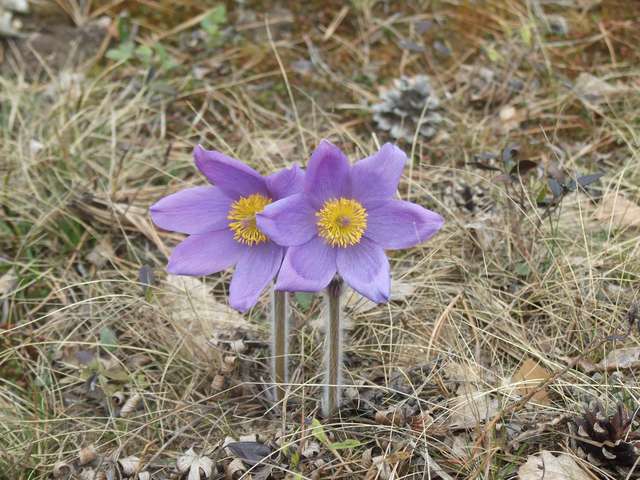Introduction
We’re glad you’re here for our in-depth guide to Polish flowers! Poland has a variety and beautiful flora. Poland’s countryside meadows and city gardens offer a stunning array of floral beauty. In this post, we’ll explore the interesting world of Polish flowers, including their unique traits, cultural significance, and the finest places to see them.
Polish Flowers Are Beautiful
1. Tulips: A Colorful Explosion
Poland’s most beloved flower is the tulip. Gardeners and flower lovers love them for their vivid colors and beautiful shapes. The annual Tulip Festival in Władysławowo, Poland, showcases these beautiful tulips in full bloom. Tulips bring spring with their bright colors, from flaming reds to delicate pinks and cheerful yellows.
Roses symbolize love and beauty.
Many people, including Poles, love roses. Their magnificent beauty and enticing aroma make these blossoms ageless. The Rosa Gallica, or French rose, is popular in Poland. Its strong smell and deep crimson blooms symbolize love and devotion. Polish gardens proudly display rose bushes, creating a romantic and picturesque atmosphere.
3. Poland’s National Flower: Cornflowers
Cornflowers, or “chaber” in Polish, are important in Polish culture. The Polish national flower is this lovely blue blossom seen in farms and meadows. Polish perseverance is symbolized by the vivid blue hue. Cornflowers represent beauty, simplicity, and purity, making them a favorite Polish emblem.
4. Forget-Me-Nots: A Timeless Remembrance
Polish “niezapominajki”—Forget-Me-Nots—send a powerful message of love and remembering. Romantics and poets love these delicate blue blossoms. According to legend, wearing forget-me-nots guarantees love and faithfulness. Forget-me-nots are put near gravesites in Poland as a heartfelt homage to the deceased.
Polish Flowers: Where to See Them
1. The Wrocław Botanical Garden
For nature and flower lovers, the Wrocław Botanical Garden is a paradise. This well maintained garden features many native Polish flowers in its 7 hectares. Enjoy the rose garden, tulips, and Polish flora.
2. Białowieża Forest
Białowieża Forest’s natural environment offers a completely immersive nature experience. A UNESCO World Heritage Site and biodiversity hotspot, this ancient woods borders Poland and Belarus. Wildflowers such rare orchids, lilies, and anemones grow among towering oak trees and peaceful waterways. Polish flowers can be seen in their natural habitat in Białowieża Forest.
3. The Flower Capital of Poland: Zakopane
Zakopane is a popular recreational attraction and a flower lover’s paradise in the Tatra Mountains. The lively Zakopane Flower Festival highlights the region’s blossoming riches. Beautiful floral displays, traditional folk dances, and a lively market selling local products are part of the celebration. Explore the flower-decked streets and experience the alpine charm while enjoying Polish flowers.
Conclusion
Polish flowers reflect the nation’s beauty and culture. From exquisite tulips to ageless roses, each flower tells a narrative and adds its own charm to the environment. Poland’s tulip fields, rose gardens, and forests are full with floral delights. Immerse yourself in the magical world of Polish flowers and discover the beauty of this charming country.

